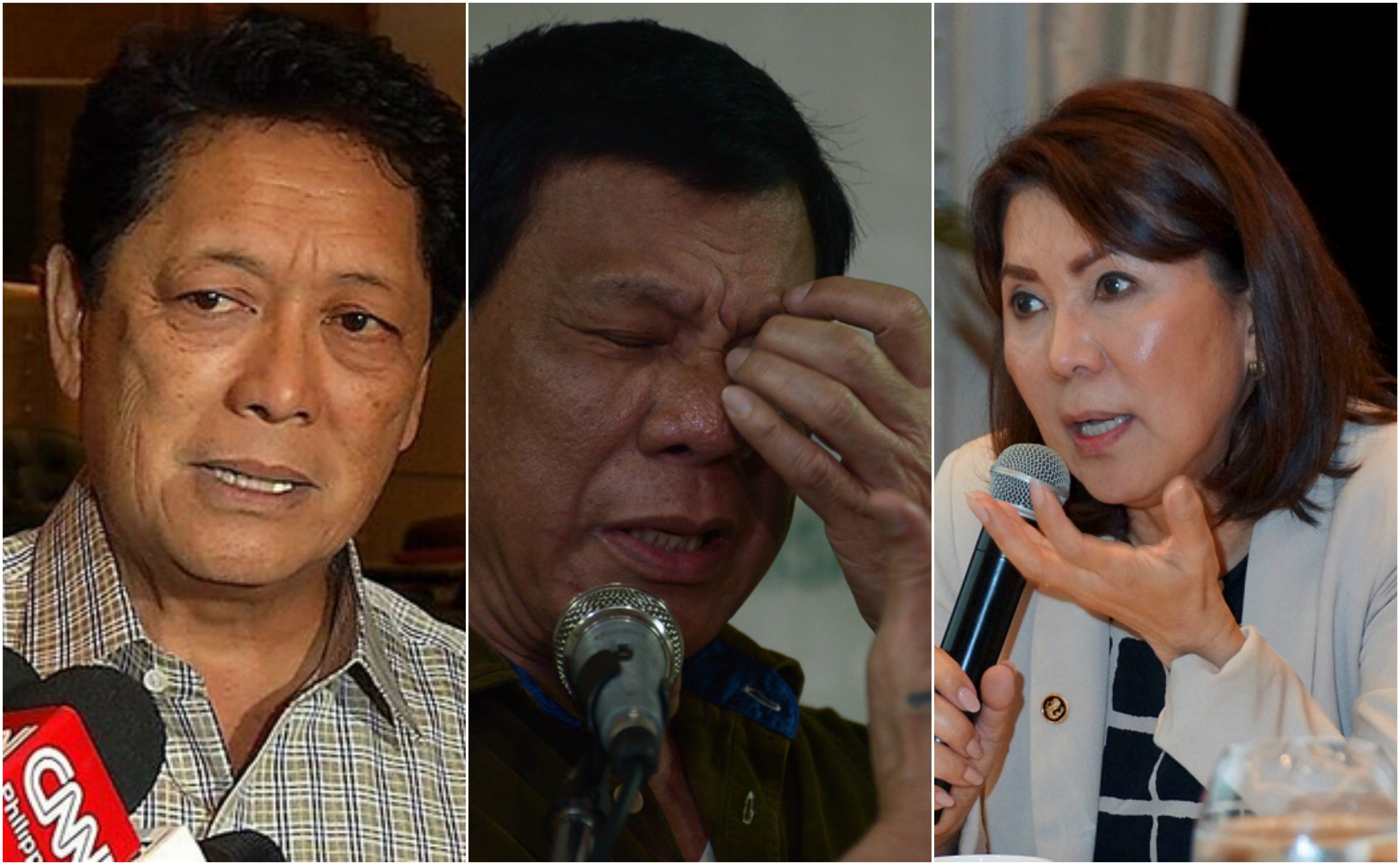Today, the 26th of April, commences the official shutdown of the tourist island of Boracay to the public. Starting today, only residents as well as agents of the state will be able to access the world-renown island for the next six months.
While the closure had been rumoured for months, preparations for it only began last March. Even as late as the 6th of March, the Administration still denied that a total shutdown would happen and instead are looking to clean-up Boracay while it is in operation. Since then, there has been nothing but fracas among the stakeholders about the government’s plans to restrict access to the tourist destination.
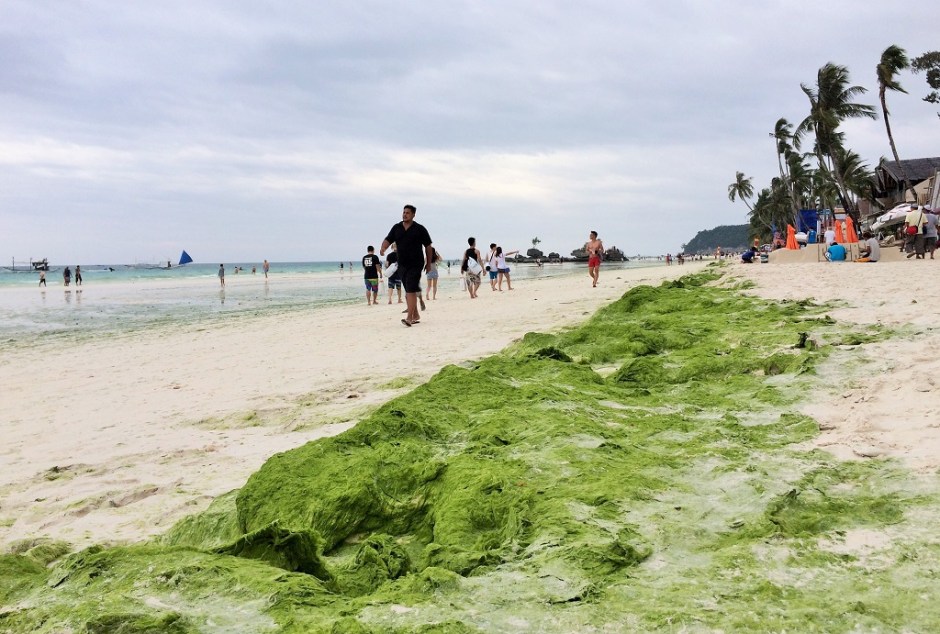
First of all, how does one ‘shutdown’ an entire island? The concept is unprecedented in Philippine history, and is seen to be an extreme measure even to allies of the administration themselves. There are many private properties on the island itself, is it lawful – or responsible – to isolate their establishments, effectively hampering their operations?
Just last week, we found out exactly how the Duterte government intends to enforce this ‘Boracay shutdown’. The deployment of the Philippine Coast Guard (PCG) and the Philippine National Police (PNP) to the island was ordered, in order to: “map out sources of confusion, uncertainty and low morale that might result in agitation and become a security issue”.
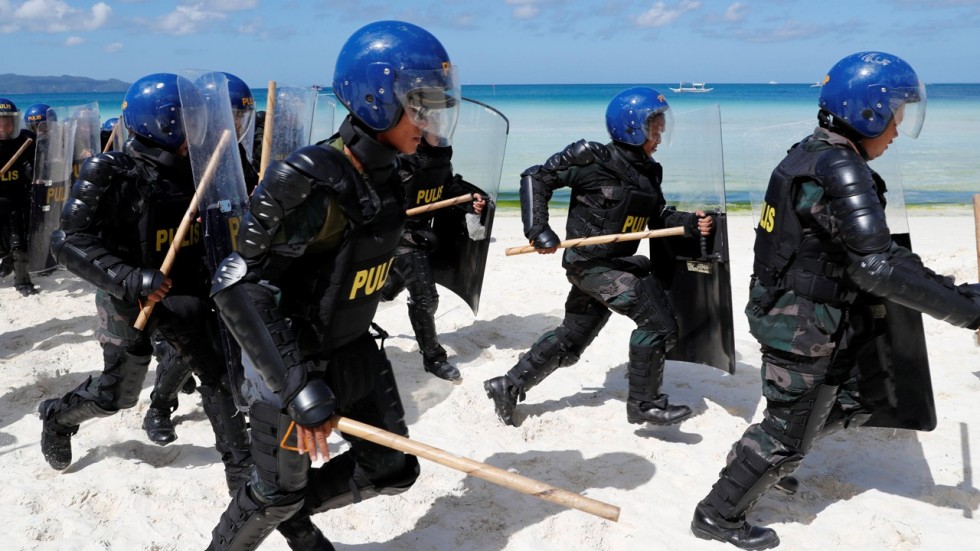
Large Coast Guard patrol ships would patrol around Boracay, almost as if the island was under threat from an armed attack or a foreign military invasion. At the same time, anti-riot police squads were sent there in order to quash any protests that would form.
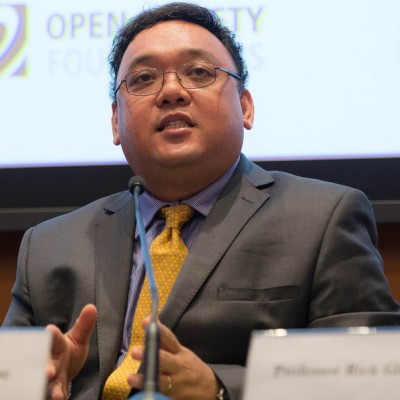
The Department of Interior and Local Government (DILG) Secretary, Eduardo Año further outlined more draconian prohibitions on the island during its six-month closure including a requirement for journalists to obtain permits from the Department of Tourism (DOT) before being allowed to enter the island. The deployment of security forces and the stringent screening requirements are both exaggerated responses, these are symptoms of a disorganized operation.
One of the earliest complaints against the proposed closure of the island was the overwhelming economic impact it would cause to the local industry, not only for the business-owners but also to the workers. To minimize the burden on the latter, Presidential Spokesperson Harry Roque informed media that encouraging employers to release their employees’ 13th-month pay salaries has been a mooted option.
You can already see how such a move would hamper businesses even more. These establishments
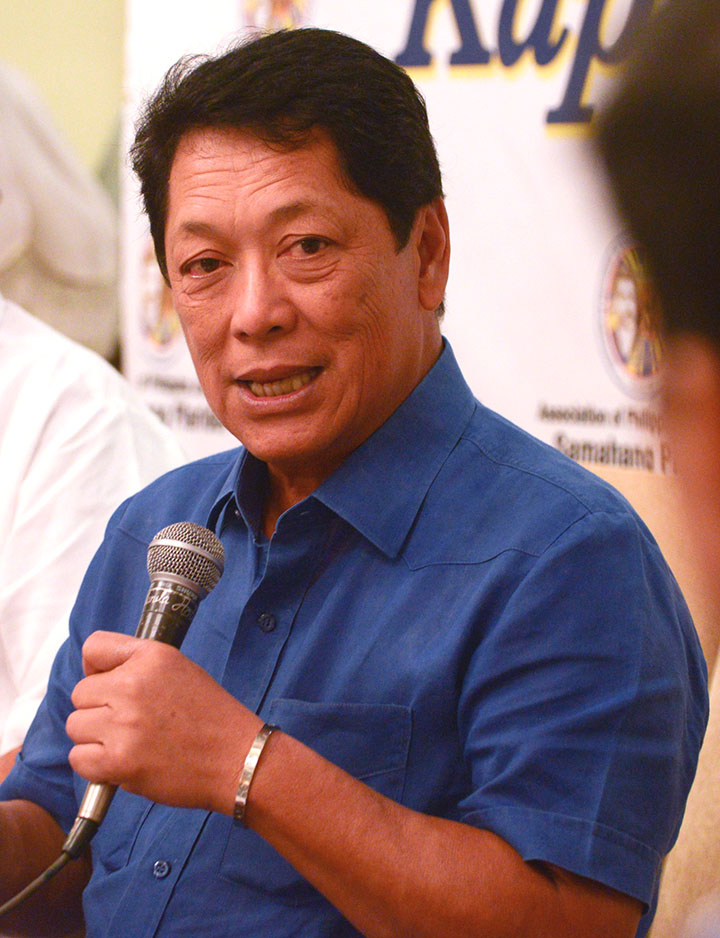
are already bracing for six-months of missed revenues, now the State wants them to shell out more of their funds to compensate their workers? We might instead see the permanent closure of businesses in the island, resulting in the permanent loss of jobs for these workers.
The Department of Labour and Employment’s (DOLE) chief Silvestre Bello III already issued a warning against employers laying off workers during the six-month shutdown. Instead, the Secretary called on business-owners to implement a “no work, no pay” scheme to save them costs – essentially, it still provides workers with little to no income given that there won’t be much work for the next half year.
Last month, DOLE teased of plans to help workers get by with having no steady income for the duration of the closure but until now – the day of the closure – these plans have not been bared. The country’s economic planning board, NEDA, declared that the shutdown would have ‘minimal impacts on the economy’, and yet another report revealed that the Philippine economy stands to lose Php56 billion and 36,000 jobs as a result.
Only an incompetent economic planning board would call those figures ‘minimal’, and only an incompetent labour rights chief would allow such a plan to push through with such a massive impact on the workforce.
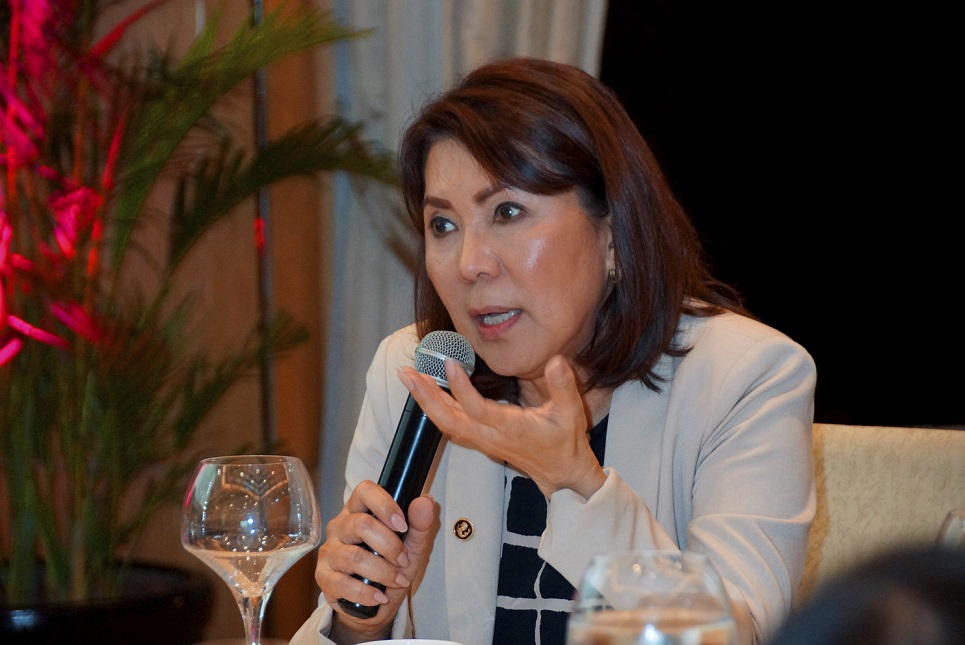
The country’s tourism authority, the Department of Tourism (DOT), also downplayed the ill-effects of the closure and again called its adverse effects on Philippine tourism ‘minimal’. Yet it was revealed that 700,000 foreign bookings have been cancelled in response to the island’s closure for six months, and a local government executive stated that the government stands to lose Php20 billion in tourism revenues alone.
Is DOT Secretary Wanda Tulfo-Teo really think does these figures are ‘minimal’ or is she merely displaying her incompetence to fulfill her sworn duty of expanding Philippine tourism?
The President himself has a lot to answer over this fiasco, given that it was his idea to shutdown the island to begin with. The reasoning he gave at first was that the island had been devastated by overdevelopment, with numerous establishments in Boracay not adhering to environmental laws and thus causing pollution in the once-picturesque beaches of the island.
Which is why it made no sense when the announcement of an integrated resort and casino to be built on the island was made known. Galaxy Entertainment Group (GEG), a Macau-based gaming corporation, had secured permission to construct a large casino on the island. The Palace even defended such plans when confronted of its contradictory nature by the media.
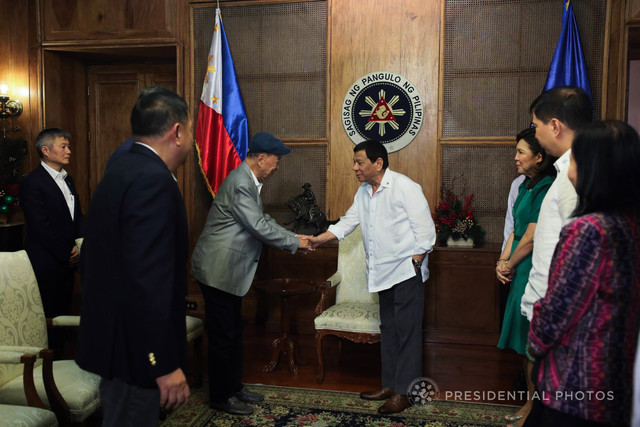
Then, in a bizarre twist Duterte admitted that he himself was ‘clueless’ about plans to construct a casino in Boracay. This despite photos emerging online of him and GEG’s Chairman, Dr Lui Che Woo, shaking hands inside Malacanang Palace in December 2017. Could it truly be possible that just a few months before plans for his megacasino would be announced, President Duterte would not know of this foreign investor’s dealings in the country?
If that is the case, then the President is definitely incompetent to do his job.
In a blatant attempt to save face, Duterte then announced that ‘no casino will be constructed’ on Boracay island and instead allots the land there for ‘land reform’ or land to be redistributed to farmers for planting. This was immediately refuted by his own land reform agency, the Department of Agrarian Reform (DAR), which declared that ‘no land could be subjected to land reform’ on the island of Boracay.
If Duterte was not lying, then he clearly did not consult his announcement with the DAR which is a gross misstep on his part. It is common sense to seek the counsel of your Cabinet before making such claims, especially on an issue so hotly followed.

Scrapping plans for the construction of this casino seemed to be corroborated at first by the DOT, when they divulged that GEG was now seeking a new location for their resort-casino away from Boracay. Yet, on the same day the Chinese corporation’s local partner denied this announcement and stated that their plans to build on Boracay was still underway.
Who exactly is telling the truth? There was so much confusion at first regarding the Boracay closure, and it only got worse now.
An organized government can be expected to yield organized plans, but this Boracay fiasco is anything but organized. What is the Duterte administration hiding, given that their operations are evidently uncoordinated and their decision-making have been questionable?
If they are not hiding anything, could it be that they are simply incompetent to perform their duties as concisely and accurately as they are expected to do them? Unless the overall picture becomes clearer in the upcoming weeks, it is safe to assume that this might be the case.

